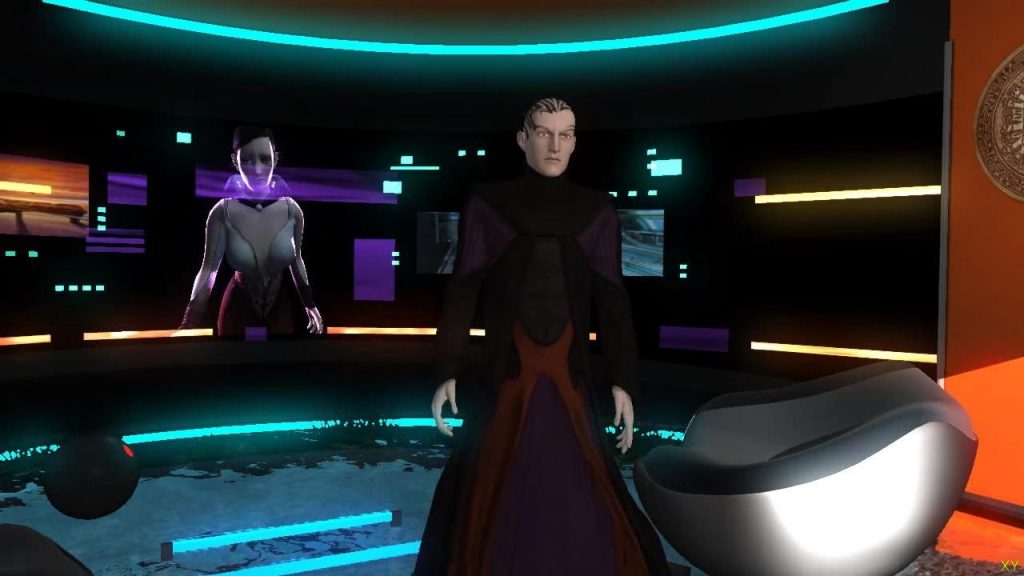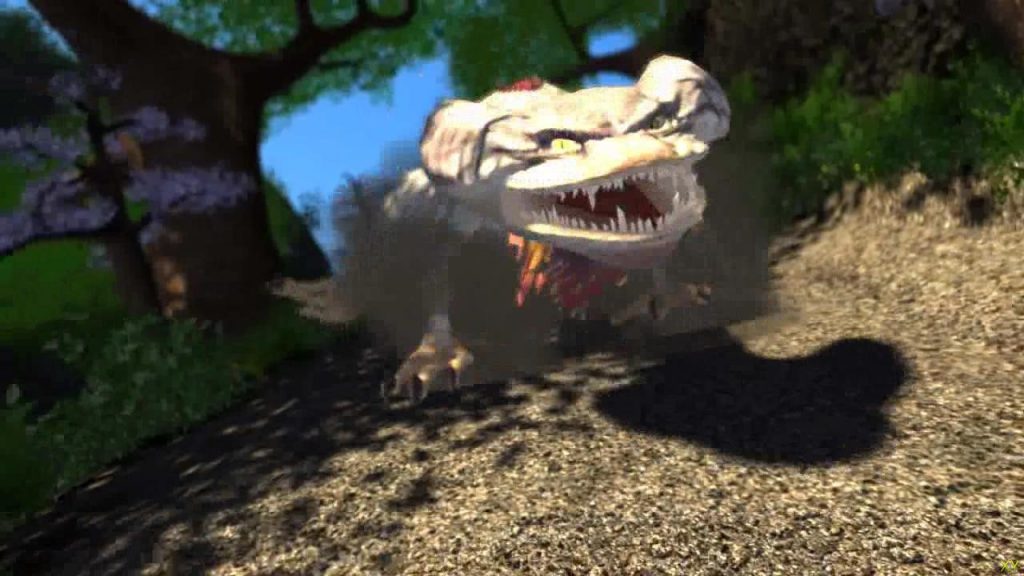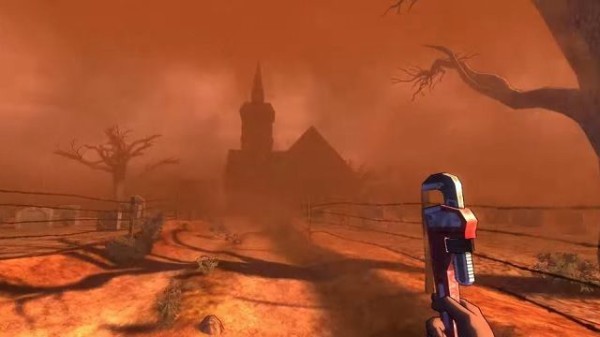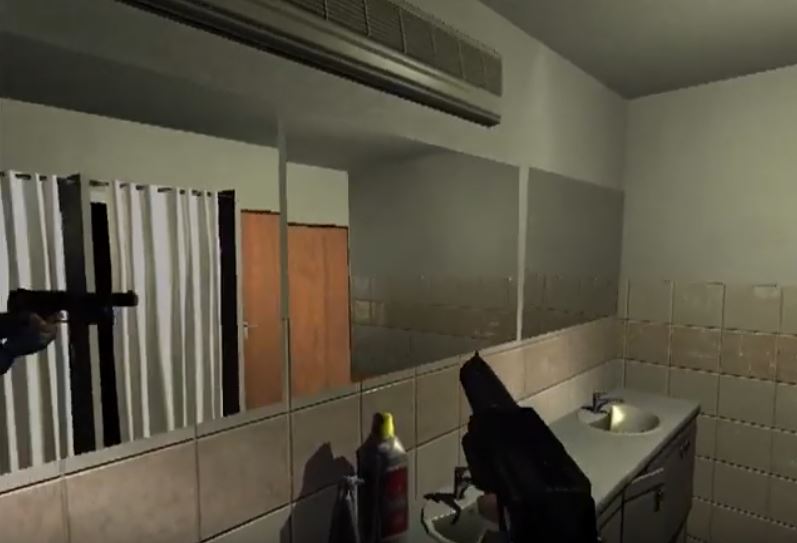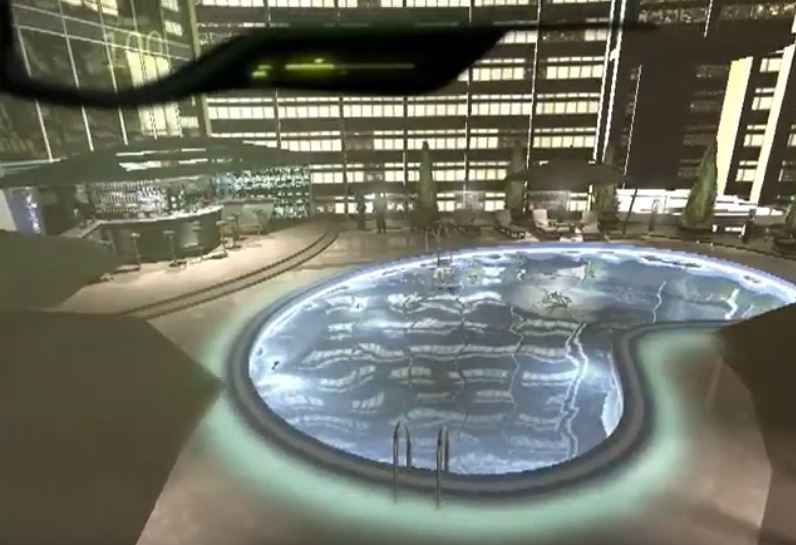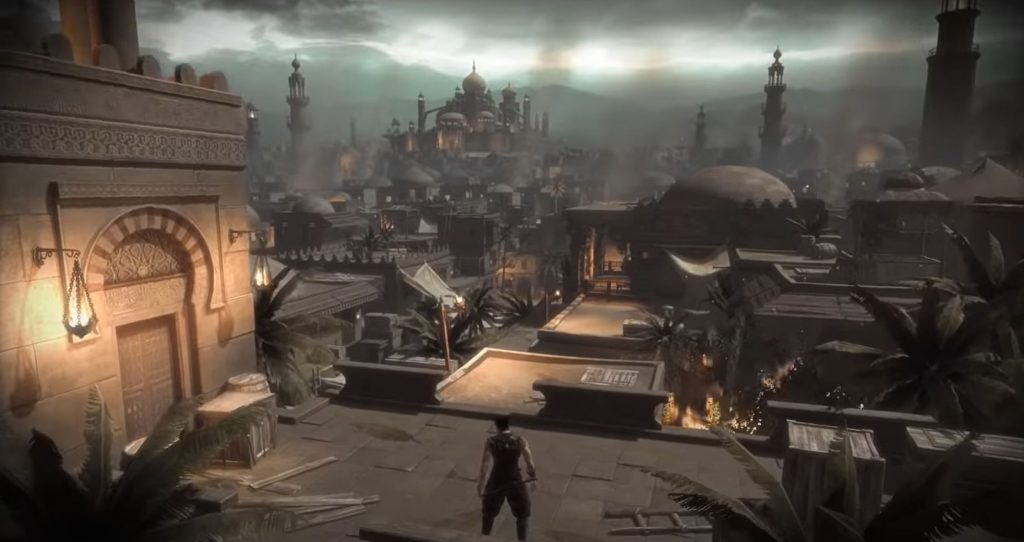Update: thanks to Brian, Specter, and Keichoro on Twitter, we found out Ape Club was not officially related to Sony and Trapped in Space was just another fake game they conceived:
“The english Ape Club was the product of a fan who tricked various news outlets that it was an official, Sony-sponsered Ape Escape website. They made up fake news stories, fake statistics, etc”
“This has proven to be false, as there were no official information from Sony regarding this game. If I recall, the concept pages they used and claimed are for “Trapped in Space” were actually from Ape Escape Million Monkeys. I also checked Ape Escape Japanese sources like piposaru.com and they have no evidence of “Trapped in Space”.”
Original article below:
Ape Escape: Trapped in Space is a cancelled action game in the Ape Escape series, which was conceived by Sony Japan Studio for Playstation 2 (or possibly Playstaton 3) after the release of Ape Escape 3. Players would have been able to visit different planets to catch monkeys, exploring a virtual universe created by Specter. The project was never officially announced by Sony, but some details were shared online by Ape Club (now offline) around 2010:
“Ape Escape: Trapped In Space (working title) was a game that was originally set for release in 2006, however due to complications, it was never released. The game was in the process of being made after Ape Escape 3. Several paper’s containing the concept were leaked on the internet in mid 2005. Japan Studio continued to develop the game, hoping that the concept wouldn’t be taken. Originally the concept was that Specter had kidnapped The Professor and it was up to the protagonist (character had not been announced yet), to get him back by catching the monkeys and defeating bosses. Specter had created a computer generated universe, with many planets which the protagonist would have to visit and capture the monkeys. The planets would each be very unique and each have its own theme. Finally, the protagonist would defeat Specter and the Professor would be rescued. After E3 in 2006, Japan Studio was disgraced to find out another popular platforming video game franchise had used this concept after it had leaked. The game was scrapped.”
While it’s said that some pages about Trapped in Space were leaked online in 2005, we were not able to find anything unfortunately. If you saved a copy of those pages back in 2005 and could help us to preserve them, please let us know!
Ape Club was founded by a few people who previously worked with Sony, as we can read in this old interview by Siliconera:
“Originally Ape Club started out as a Promo site for SCEE’s Ape Escape titles and was run by them up until 2007. In 2007, there wasn’t any maintenance to be done except Newsletters. So Rebecca, who was a major fan, was left in-charge of that. She updated the newsletters and received updates from SCEE, and Japan Studio about upcoming Ape Escape games. She was also asked to promote Ape Quest when it was released.
Are there any other canceled Ape Escape games you’re aware of?
Apart from Trapped in Space, the only other game would be Ape Escape 2 which was going to be released on PlayStation 1. However, Japan Studio (JS), was already releasing Piposaru 2001 beforehand, so releasing a PS1 game after a PS2 game didn’t make much sense. So in Early 2000, they stopped working on AE2-PS1, and worked on AE2-PS2. Apparently, looking at the leaked photo of it, it seemed to have the same graphic engine, and look, as the first.”

